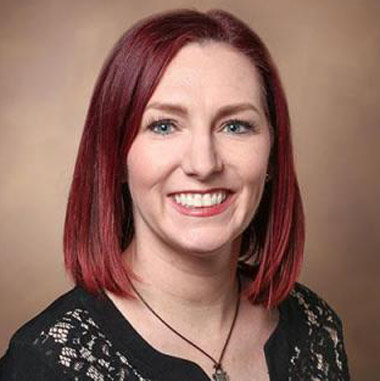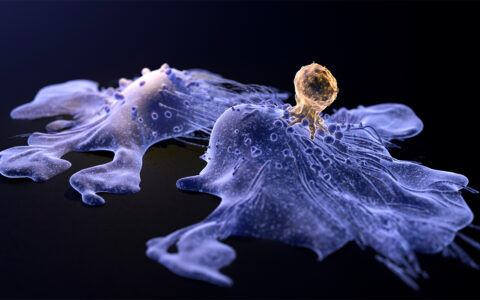A new algorithm predicts patients who are at high-risk for graft-versus-host-disease (GVHD) and is an important advance toward giving a head start in treating potentially fatal complications in cancer patients.
Hematopoietic cellular transplantation (HCT) is a common and necessary treatment for high-risk hematologic malignancies, but places patients at risk for GVHD, which is the major cause of non-relapse mortality (NRM) in such cases.
Algorithm Detects Patients at High Risk of GVHD 7 Days After Transplant
Previous studies have found that 90 percent of GVHD occurs after day 14 post-transplant; and 50 percent after day 28, with the median date approximately one month after transplant. In work published in the Journal of Clinical Investigation, researchers developed and tested an algorithm that uses two biomarkers on day 7 post-HCT to effectively identify patients at high risk of developing lethal GVHD, opening an invaluable window of time for physicians to take preventive steps to decrease the risk.
It has long been a top priority in HCT to identify patients at high risk for GVHD as soon as possible. This algorithm, dubbed MAGIC (Mount Sinai Acute GVHD International Consortium), was developed through a multi-institutional study that included researchers from Vanderbilt University Medical Center’s Division of Pediatric Hematology-Oncology.
“This test could be a major breakthrough that allows us to truly offer personalized medicine for patients post-transplant,” said Carrie Kitko, M.D., an associate professor of pediatrics and medical director of the Pediatric Stem Cell Transplantation Program at Vanderbilt. “Right now, we are testing whether or not identification of these high risk patients and early treatment will improve outcome.”
There were algorithms in the study tested with one, two, three and four biomarkers. The superior algorithm was determined to be one with two plasma biomarkers: ST2, and REG3α. The MAGIC algorithm separated patients into high-risk and low-risk groups for developing lethal GVHD. The two-biomarker test was confirmed using three different sets of patients. In each group, it was able to differentiate those at highest risk of developing lethal GVHD. The results using the ST2 and REG3α biomarkers were achieved independent of other factors related to GVHD, including human leukocyte antigen (HLA) match between donor and recipient; the genetic relationship of the donor to the recipient; the intensity of the conditioning regimen; and age.
An Important Step for Preventive and Precision Medicine
Underscoring the importance of identifying high-risk patients, study results found that they were three times more likely to die from GVHD.
“If the biomarker panel can detect an early signal… increases in preventive medications, which are potentially less toxic, might prevent this devastating complication.”
“To potentially identify these high-risk patients before they ever develop symptoms could be a game changer,” said Kitko. “At present, we must wait for the diagnosis of GVHD to be made to start treatment. Then if patients fail that, we continue to add more treatments that can be quite toxic. If the biomarker panel can detect an early signal for those at highest risk, it is possible that increases in preventive medications, which are potentially less toxic, might prevent this devastating complication.”
Identifying the ST2 and REG3α biomarkers may lead to additional pathways that can be targeted for treatment. Researchers singled out two proteins, IL-33 and IL-22, that have potential for preventing GVHD. Overall, the development of the MAGIC algorithm is a valuable and useful tool for identifying patients at high-risk for GVHD and an important step toward preventive and precision medicine for HCT patients.





